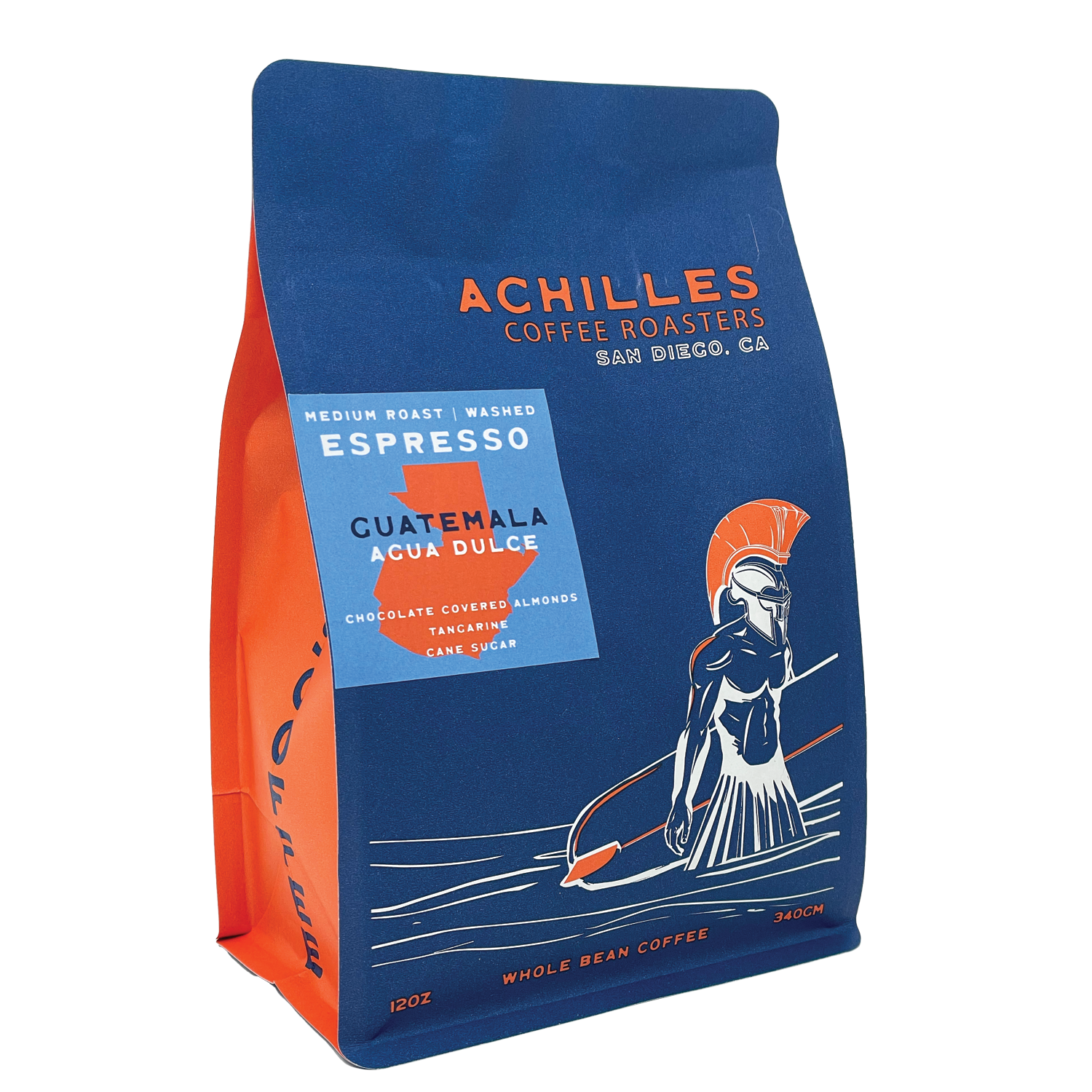What Makes SOE Single Origin Espresso Different from Combination Beans
What Makes SOE Single Origin Espresso Different from Combination Beans
Blog Article
Recognizing Coffee Beans: the Journey From Coffee to Blended Coffee Beans

The Beginnings of Coffee: A Worldwide Point Of View
While you might think about coffee as a modern staple, its origins map back centuries, intertwining with cultures around the world. The tale begins in Ethiopia, where tale says a goat herder called Kaldi discovered the invigorating effects of coffee beans after noticing his goats frolicking vigorously after consuming them. This stimulated passion, resulting in coffee's spread to Arab investors that cherished the brewed beverage. By the 15th century, it reached Persia, Egypt, and Turkey, where coffee shops became social hubs for conversation and society.
As trade courses increased, coffee made its way to Europe in the 17th century, quickly getting appeal. Each culture included its special spin to coffee preparation, enhancing its history.
Farming and Harvesting of Espresso Beans
As coffee's trip advanced, the focus shifted to the farming and harvesting of certain bean selections, particularly those utilized for espresso. You'll find that coffee beans often originate from Arabica or Robusta plants, each offering unique flavors. The excellent growing problems consist of high elevations and abundant, well-drained soil, which boost the beans' top quality.
During the harvest, selecting approaches differ. Timing is vital; you desire to collect when the cherries get to peak perfection for maximum taste.
As soon as collected, the beans are planned for handling, which is essential in establishing their final taste. Understanding the farming and gathering procedures provides you understanding into what enters into your favorite coffee, enhancing your gratitude for each and every mug.
Processing Approaches: From Cherry to Bean
Now that you have actually discovered collecting coffee beans, allow's explore exactly how those cherries change into the coffee beans you like. You'll see how different harvesting strategies effect taste, adhered to by the necessary steps of fermentation and drying. Lastly, we'll break down the milling and grading procedure that establishes your coffee's top quality.
Collecting Methods Clarified
When it comes to coffee, comprehending harvesting strategies is vital, because they directly affect the taste and high quality of the beans you take pleasure in. There are 2 main methods: discerning selecting and strip picking. Careful picking includes hand-picking only ripe cherries, guaranteeing you get the most effective top quality beans. This technique commonly brings about a richer taste account, though it's even more labor-intensive. On the other hand, strip selecting ways collecting all cherries simultaneously, regardless of perfection. While it's quicker and cheaper, this can result in a mix of flavors, impacting the end product. Ultimately, the option of harvesting method can considerably influence your coffee experience, so it's worth understanding exactly how those beans made it to your cup.
Fermentation and Drying Out
After collecting, the following action in processing coffee beans play a considerable function in forming their taste. You'll find that fermentation is vital, as it assists damage down the mucilage bordering the beans, boosting their taste profile. Depending upon the approach, this process can last from a few hours to a number of days, with differing outcomes based on temperature and moisture.
When fermentation is complete, drying complies with, which is equally vital. You can choose from mechanical or sun-drying drying out approaches. Sun-drying permits the beans to soak up flavors from the environment, while mechanical drying assurances regular moisture levels no matter weather. Proper drying is vital to avoid mold and maintain the beans' high quality, ultimately affecting your mug of coffee.
Milling and Grading Refine
As fermentation and drying out established the phase for taste development, the milling and grading procedure warranties that only the ideal coffee beans make it to your cup. This stage includes removing the outer layers of the coffee cherry, consisting of the parchment and husk. Top quality beans get a greater grade, resulting in a richer coffee experience.
Toasting Strategies: Unlocking Taste Prospective
When you roast coffee beans, the technique you choose can substantially affect the flavor profile. Recognizing the relationship in between time, temperature, and toasting methods is key to disclosing the potential of your mixture. Let's discover how these aspects collaborated to create the best mug.
Roasting Techniques Explained
While you may assume that all coffee roasting approaches produce the very same outcomes, the truth is that each technique discloses special taste capacities in the beans. Drum roasting uses a rotating drum to evenly distribute heat, boosting caramelization and generating a well balanced taste. Air roasting, on the other hand, circulates hot air around the beans, advertising a lighter roast with pronounced acidity.

Influence on Taste Account
Different roasting methods not only influence the process however likewise greatly impact the flavor profile of the coffee beans. Dark roasts, on the other hand, bring out strong, great smoky tastes, occasionally masking the bean's special characteristics. Comprehending these subtleties helps you value the virtuosity behind your mug of coffee, enhancing your general experience with every sip.
Time and Temperature Level Variables
To release the full taste potential of coffee beans, both time and temperature throughout the roasting process play considerable functions. When roasting, you'll discover that greater temperature levels can promptly create tastes, yet if you hurry it, you could wind up with scorched notes. On the other hand, reduced temperatures enable a more gradual taste growth, showcasing the beans' one-of-a-kind characteristics.

Timing is equally as vital; expanding the roast as well long can bring about a loss of level of acidity and brightness, while as well short a roast could leave the beans underdeveloped. Locating that pleasant area requires technique and trial and error. By changing these elements, you can disclose the abundant, complicated flavors hidden within each bean, creating an absolutely impressive coffee experience.
The Art of Blending: Crafting Unique Coffee Profiles

Start by selecting a base coffee that gives a strong foundation. After that, select complementary beans to improve specific taste notes. For example, a brilliant Ethiopian bean can bring fruitiness, while an abundant Brazilian coffee includes body. Trial and error is key-- do not hesitate to change proportions till you discover your excellent account.
As you blend, remember that each mix tells a tale. You're not just making coffee; you're developing an experience. So, take your time, taste regularly, and delight in the journey of finding your trademark mix.
Brewing Methods: Exactly How Preparation Impacts Taste
Blending coffee opens up a domain of taste possibilities, but just how you brew that blend can considerably affect your last cup. On the various other hand, a pour-over highlights the coffee's clearness and illumination, best for showcasing fragile notes.
Coffee, with its high pressure, produces a focused shot that accentuates sweetness and crema. If you like a lighter brew, think about a cool mixture method; it yields a smooth, much less acidic taste.
Adjusting variables like water temperature, grind dimension, and make time can change your coffee's account. Accept the art of developing to uncover the flavors hidden in your coffee blends.
The Future of Coffee: Sustainability and Development
As the coffee industry evolves, sustainability and innovation are coming to be essential for addressing ecological difficulties and meeting customer needs. You'll notice that even more coffee business are taking on green techniques, from sourcing beans fairly to executing sustainable farming strategies. These shifts not just help the planet but additionally improve the top quality of the coffee you take pleasure in.
You might see developments like biodegradable packaging and water-saving developing techniques that lower waste. Advanced innovation, such as blockchain, is also ending up being popular, making sure transparency in Single Origin Espresso the supply chain, which enables you to map your coffee back to its origins.
Furthermore, purchasing local areas and supporting farmers via fair trade initiatives promotes an extra sustainable coffee community. As you drink your next mug, bear in mind that your choices can add to a brighter future for coffee. By going with lasting brand names, you're not simply appreciating a beverage; you're making a positive effect on the globe.
Regularly Asked Inquiries
What Is the Distinction In Between Arabica and Robusta Beans?
Arabica beans are smoother, sweeter, and have a higher level of acidity, while robusta beans are stronger, much more bitter, and consist of even more high levels of caffeine. You'll see these distinctions in flavor and aroma when brewing your coffee.
Just How Does Elevation Affect Coffee Bean Taste?
Elevation impacts coffee bean flavor significantly. Higher altitudes produce beans with brighter acidity and facility tastes, while lower altitudes often yield beans that are much heavier and less nuanced. You'll see these differences in your cup!
What Are the Wellness Perks of Drinking Coffee?
Consuming coffee can increase your power, improve psychological emphasis, and even boost physical performance. It's abundant in antioxidants, might decrease the threat of specific diseases, and can advertise a healthier metabolism when eaten in small amounts.
Can Coffee Beans Be Recycled for Brewing?
Yes, you can recycle coffee beans for developing, however the flavor may be weaker. If you enjoy experimenting, try recycling them in different ways, like chilly brews or contributing to healthy smoothies for an extra kick.
Just how Should I Store Coffee Beans for Quality?
To keep your coffee beans fresh, save them in a closed container in an amazing, dark area. Avoid revealing them to moisture, warmth, or light, as these factors can quickly weaken their taste and aroma.
Recognizing Coffee Beans: the Journey From Espresso to Blended Coffee Beans.
Currently that you have actually learned about gathering coffee beans, let's discover how those cherries transform into the coffee beans you like.When you roast coffee beans, the technique you pick can drastically influence the flavor profile - Single Origin Espresso.While you might believe that all coffee toasting approaches yield the same results, the fact is that each technique exposes special taste capacities in the beans.Different toasting techniques not just influence the process however also substantially impact the flavor profile of the coffee beans
Report this page